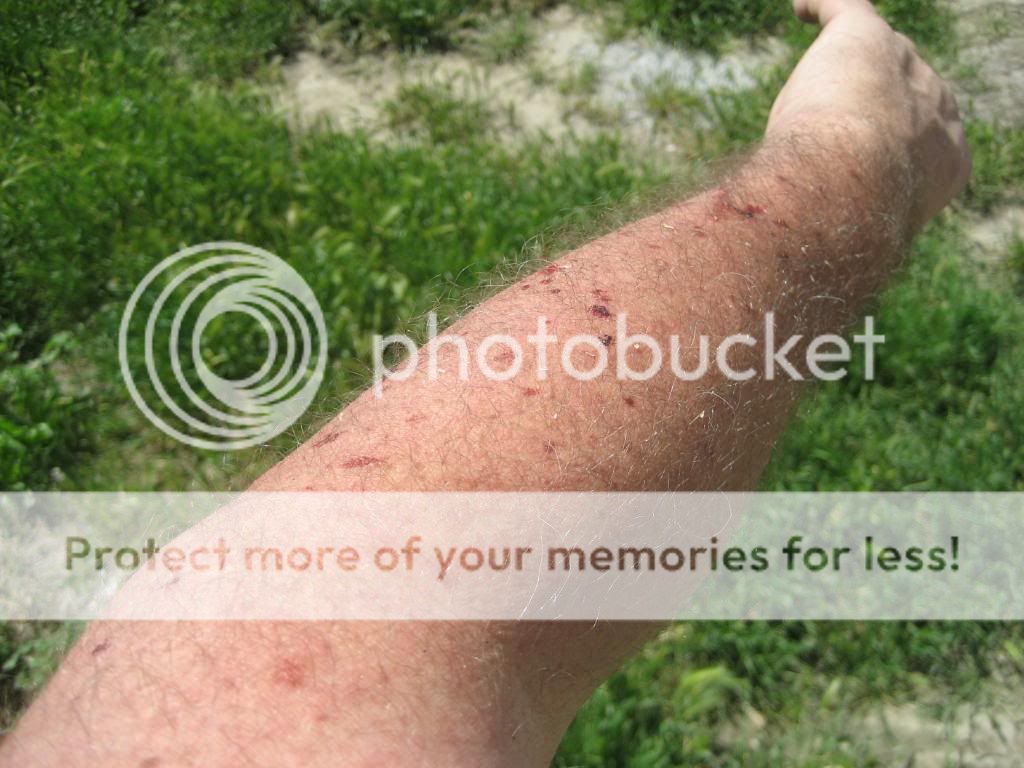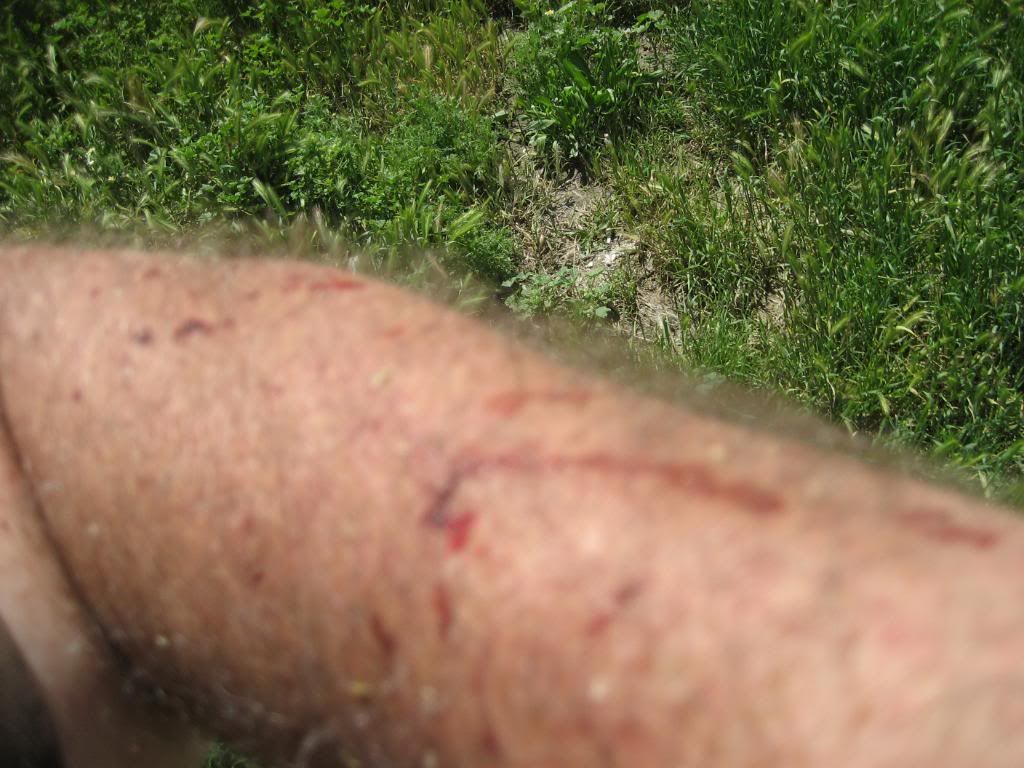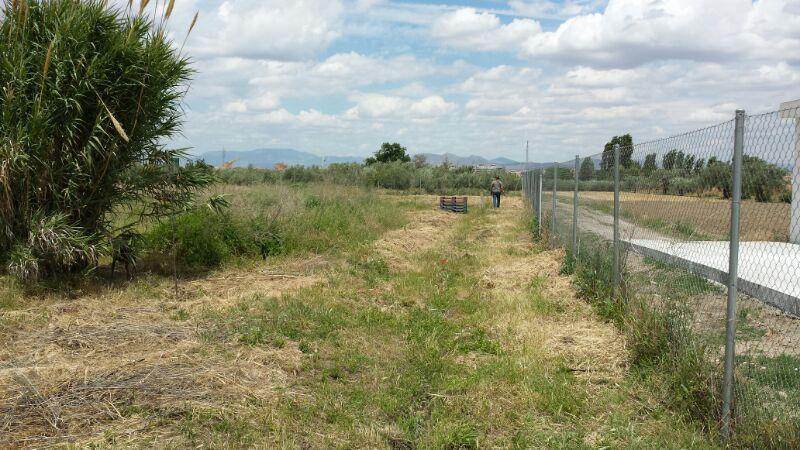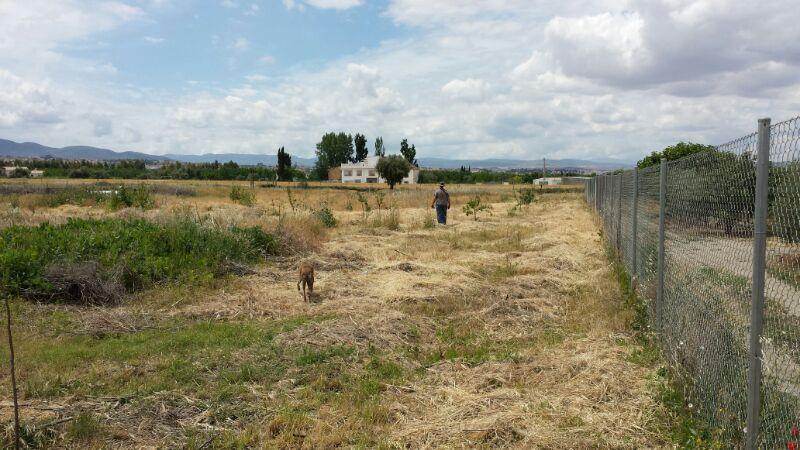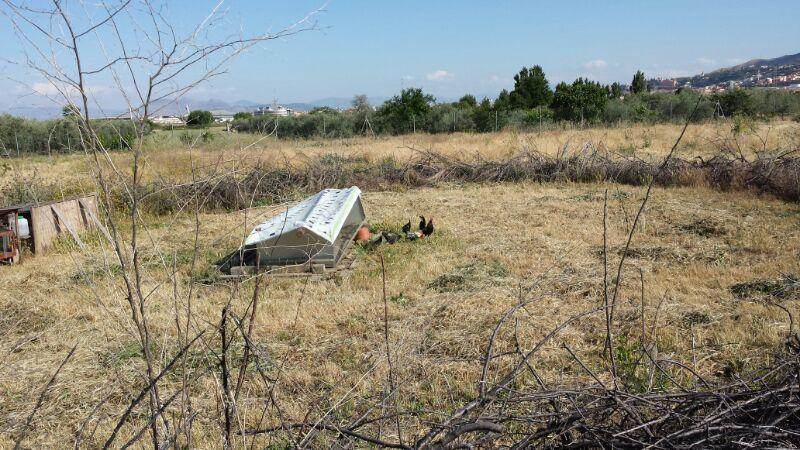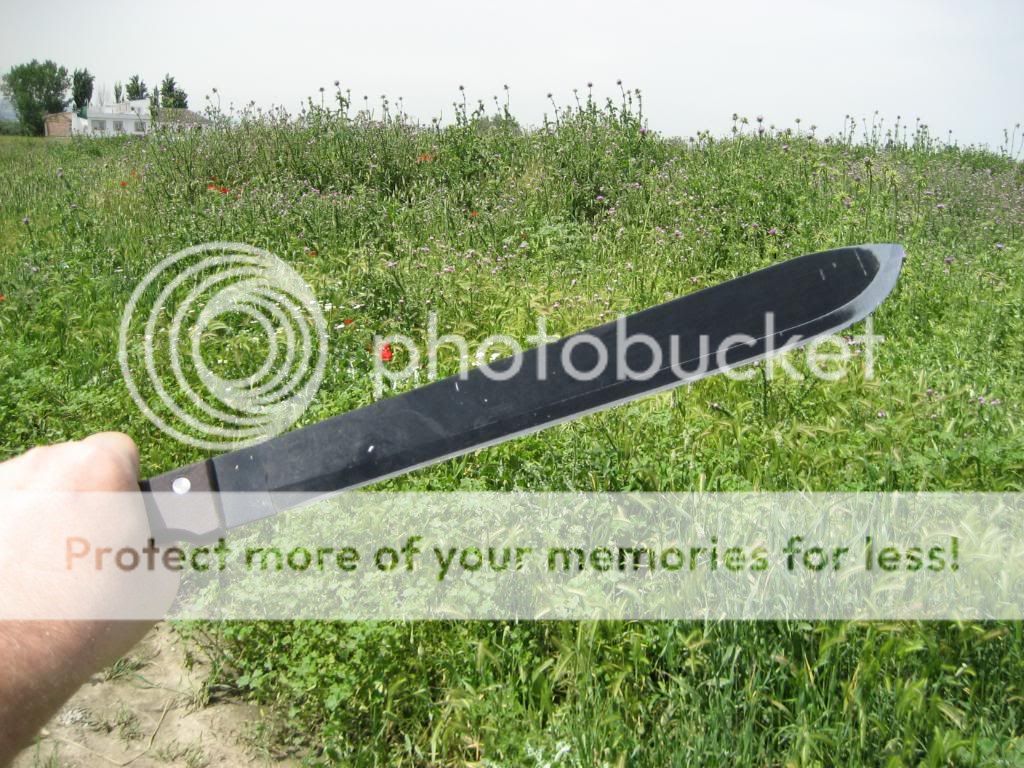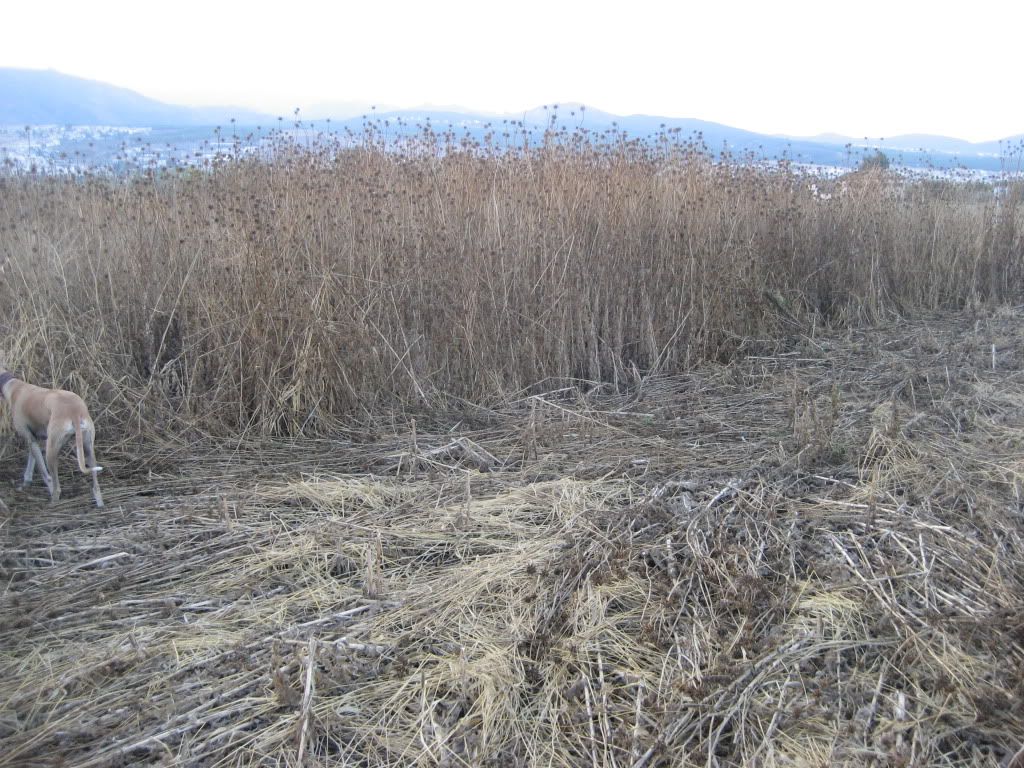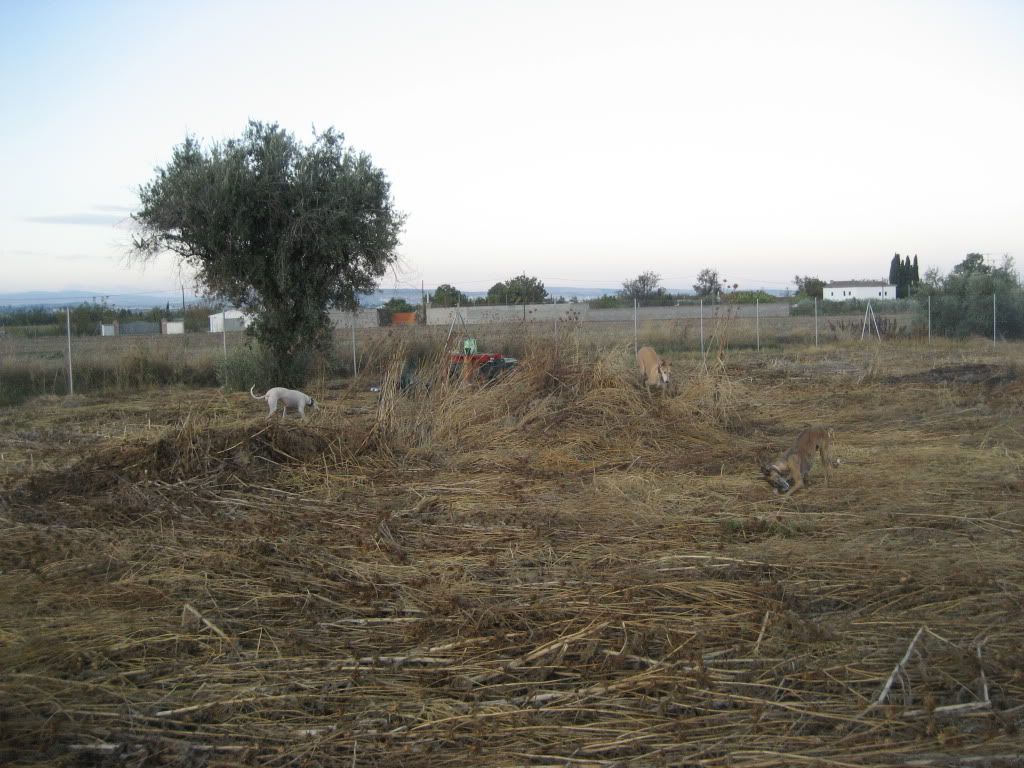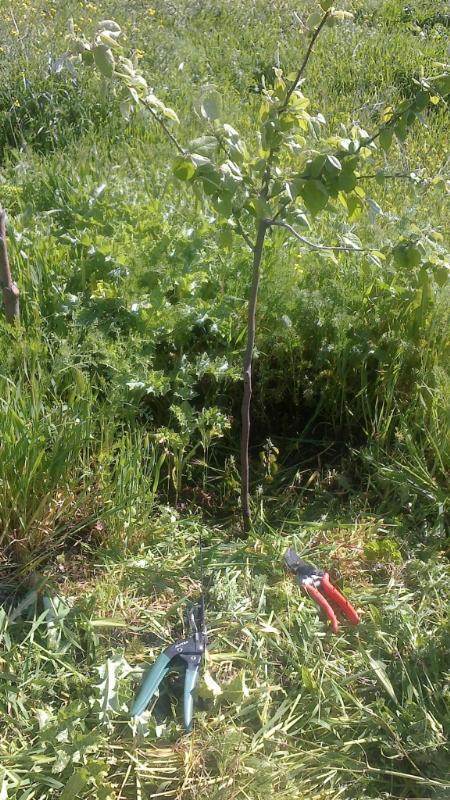


Solar Station Construction Plans by Ben Peterson -- ebook
will be released to subscribers in:
soon!


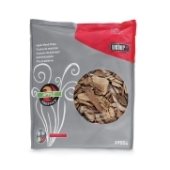















Konstantinos Karoubas wrote:Very interesting that you mentioned figs Doug - this month I have experimented with figs - on half of my farm, I tossed 25 or so dried figs, hoping that ants will collect the seeds and distribute them around the land, and hopefully fig trees will grow - ants are a very powerful force - I do not know how we can harness some of this force or work with this giant force of nature. On the other half of the farm, I planted 25 figs in the ground, to see if they can sprout and survive without care. I am not very optimistic on fig trees though - we will see.

Kathy Burns-Millyard wrote:I spread probably 100 olives around the start of the year at my place. I initially tried planting to see if I could get a grove started but critters came along and dug up every single spot. After that I just tossed them around and hoped. We've had a floods since then so I don't know if they all washed away. I expect to keep watching for sprouts for years just in case I got lucky

Zach Muller wrote:
Nacho that is one impressive stand of thistles! The machete seems to be an ideal tool when your dealing with such a tall and dense mass.
